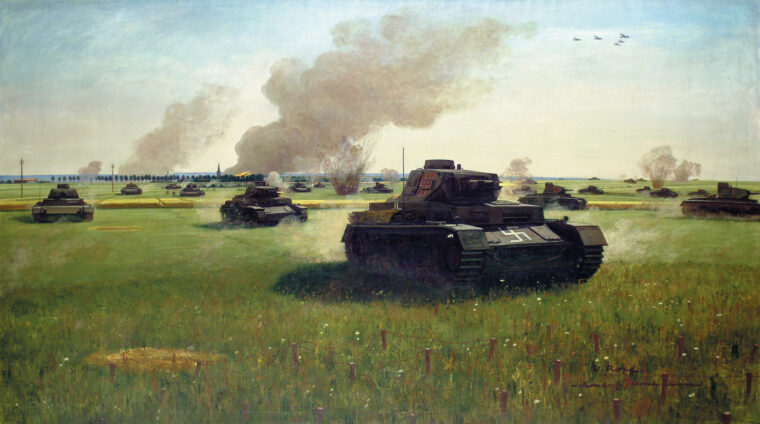
luftwaffe
The Wehrmacht in France: Decisions in a Time of Debacle
By Brooke C. StoddardMay 10, 1940, marked the beginning of the war in western Europe. Nazi-controlled Germany invaded Holland, Belgium, Luxembourg, and France. Read more

luftwaffe
May 10, 1940, marked the beginning of the war in western Europe. Nazi-controlled Germany invaded Holland, Belgium, Luxembourg, and France. Read more
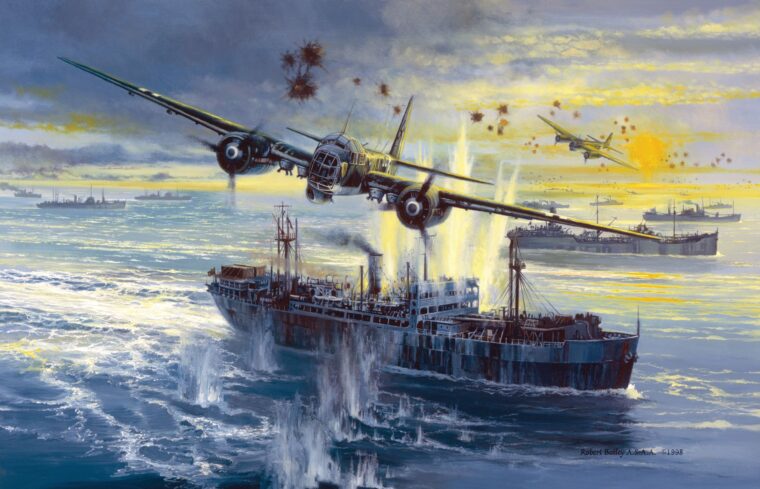
luftwaffe
British Prime Minister Winston Churchill had made the promise to Soviet Premier Josef Stalin, and Admiral Sir John Tovey of the Royal Navy had to keep it: to sail three convoys loaded with critical supplies from Britain to Russia every two months, with 25 to 35 ships in each convoy. Read more
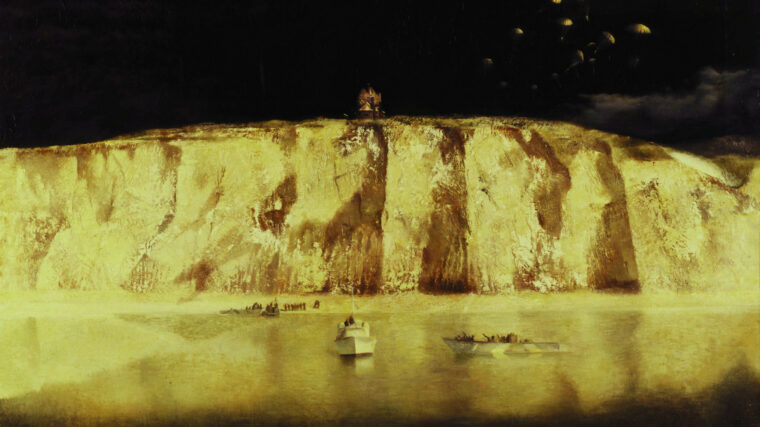
luftwaffe
The parachute of aptly named Major J.D. Frost cracked open in the freezing air high above the French Channel coast at 12:45 am, and he commenced drifting down through the moonlit gloom. Read more
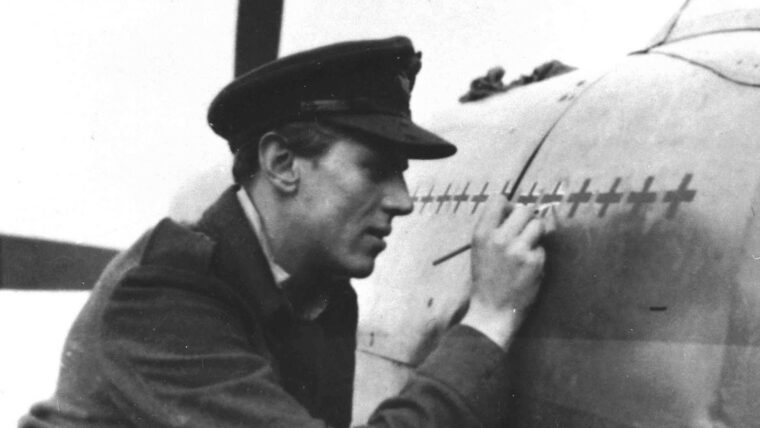
luftwaffe
In September 1943, Canada’s top air ace, the “Falcon of Malta,” Flying Officer George Beurling, was faced with two problems. Read more
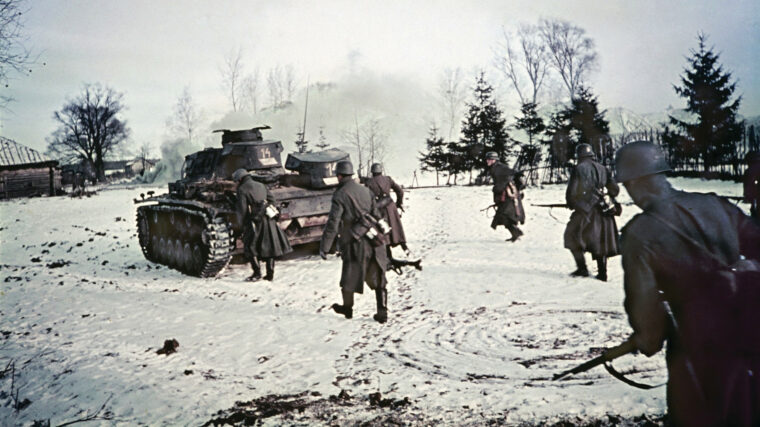
luftwaffe
In 1976, the Soviet city of Tula joined an elite group of nine other Soviet communities designated as “Hero Cities.” Read more
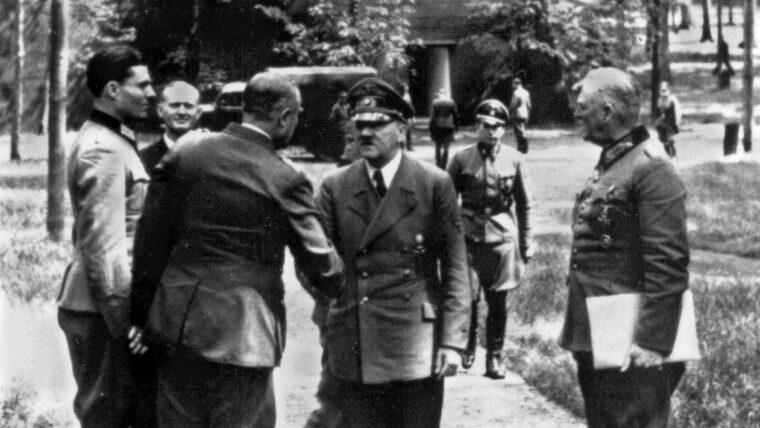
luftwaffe
At 12:40 PM on a hot, sultry July 20, 1944, German Führer and Reich Chancellor Adolf Hitler, 55, was seated on a wicker stool in a conference hut at his principal Eastern Front headquarters at Wolf’s Lair, Rastenburg, East Prussia, for the mid-day wartime map meeting. Read more
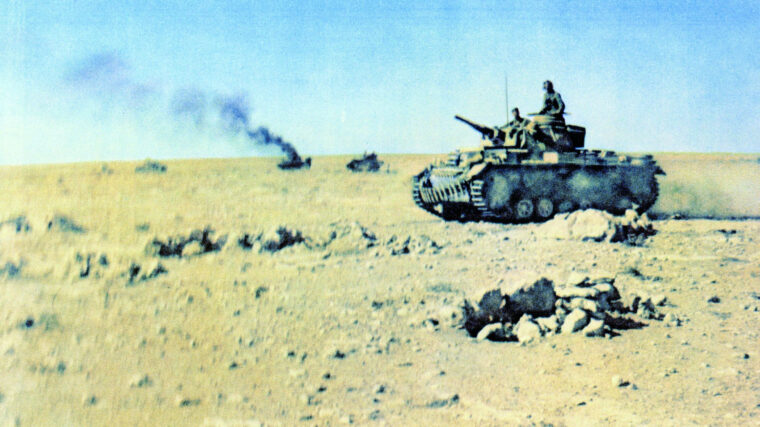
luftwaffe
The U.S. Army entered the war in North Africa in November 1942, eager to engage the German and Italian armies and prove itself their equal. Read more
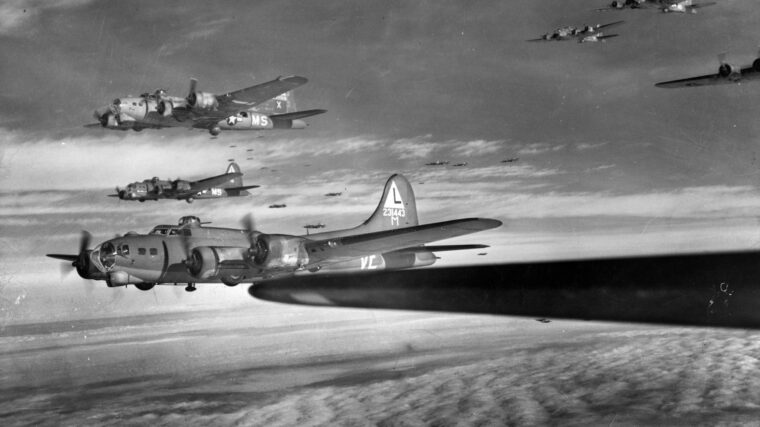
luftwaffe
The following story describes one of our air raids when I was piloting a Boeing B-17 Flying Fortress during World War II. Read more
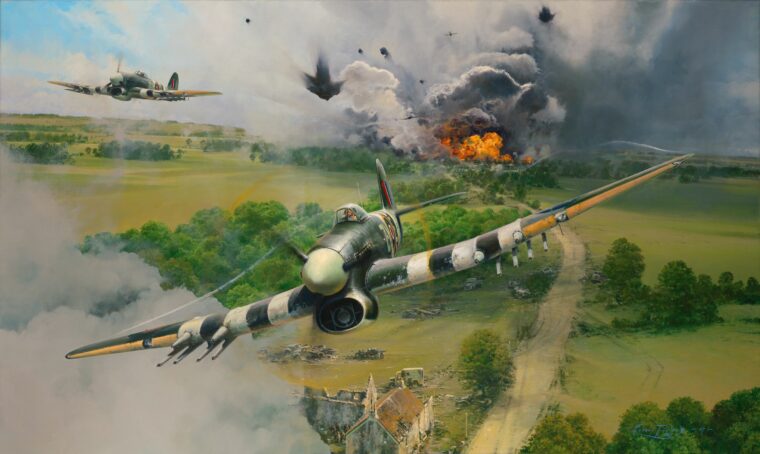
luftwaffe
From the Supermarine Spitfire to the North American P-51 Mustang, and from the Soviet Yak series to the Vought F4U Corsair, the Allies were able to field a formidable array of fighter planes against the Axis powers in World War II. Read more
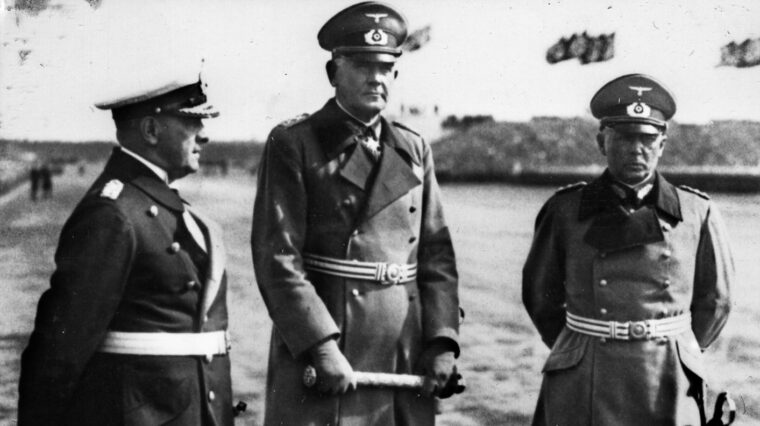
luftwaffe
On June 24, 1937, German Minister of War Field Marshal Werner von Blomberg issued a directive marked Top Secret with only four copies to be made, the first for himself and the other three for the heads of the armed forces of the Third Reich. Read more
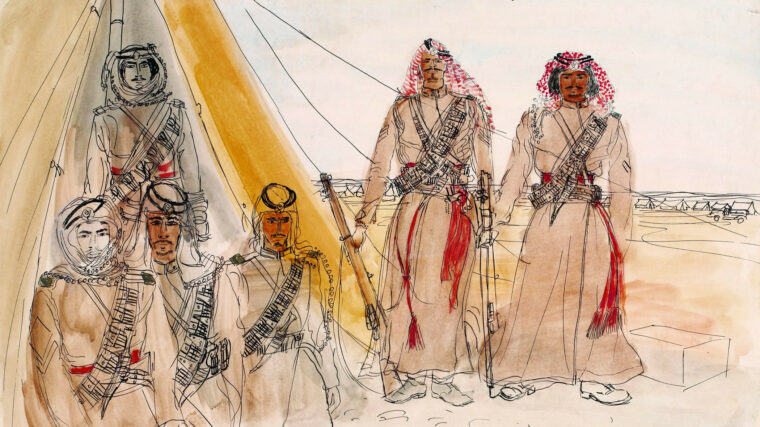
luftwaffe
A dangerous outlaw regime sits in power in Baghdad; the leader of one of the world’s superpowers decides it has to be removed at all costs; an army marches across the desert to topple it. Read more
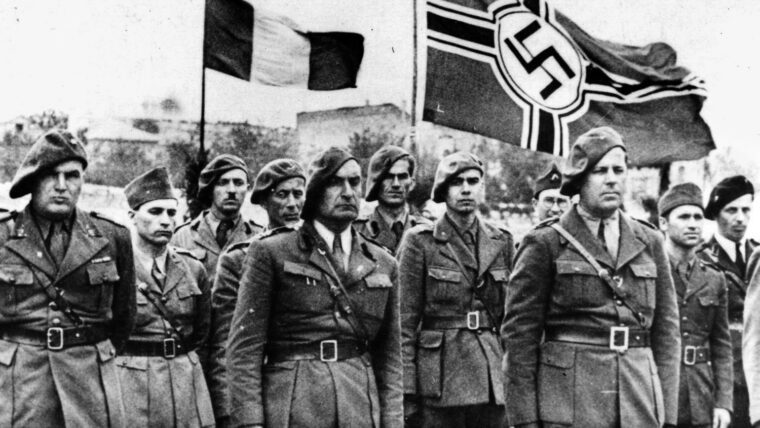
luftwaffe
World War II involved some of the most complex alliance systems in the history of warfare. Read more
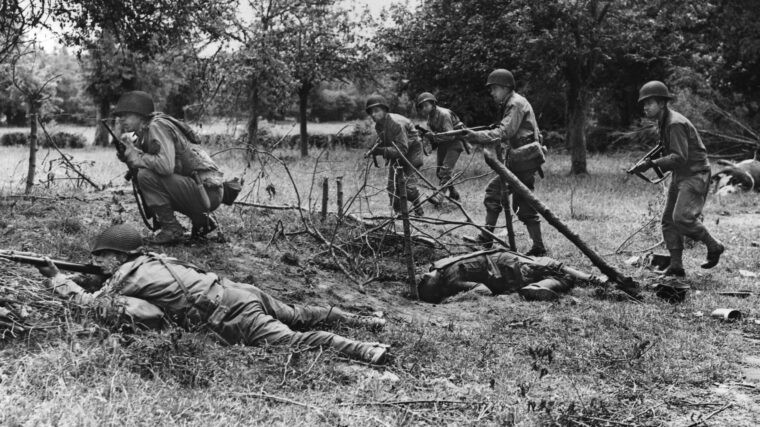
luftwaffe
When plans were drawn up for the Allied invasion of France in 1944, one important consideration was securing a deep-water port to allow reinforcements and supplies to be brought in directly from Great Britain and the United States. Read more
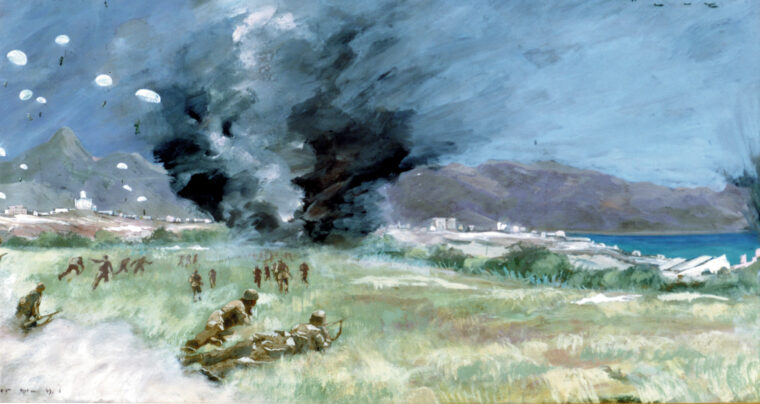
luftwaffe
In May 1941, General Kurt Student’s elite paratrooper forces descended like an anvil on the British garrison defending Crete. Read more
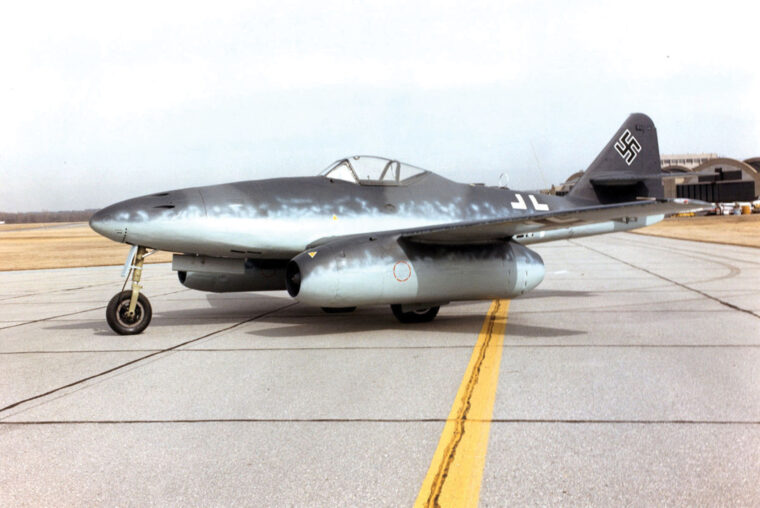
luftwaffe
The Germans knew the bombers were coming, and they prepared even as the U.S. 457th Bomber Group first assembled in the early morning sunlight over faraway London. Read more
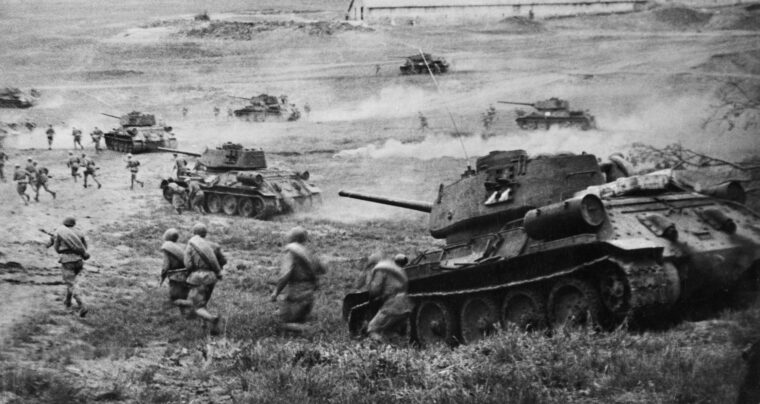
luftwaffe
The city of Ternopil, located on the eastern bank of the Seret River, was founded in 1540 as a Polish military stronghold. Read more
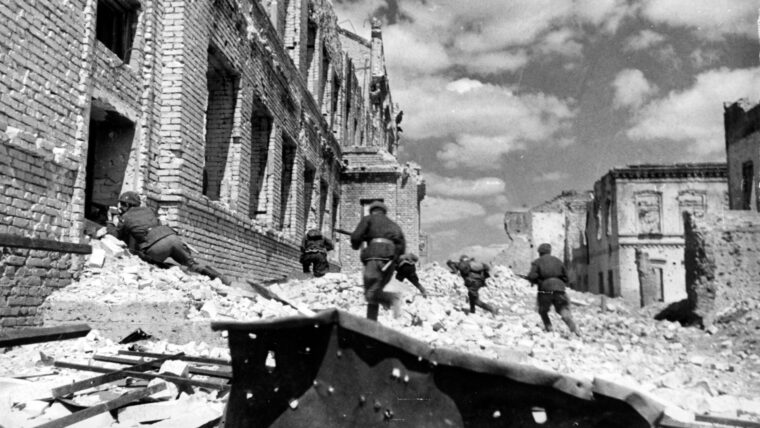
luftwaffe
After Adolf Hitler’s audacious invasion of Russia finally ground to a halt in December 1941 on the forested outskirts of Moscow, the exhausted German Army stabilized its winter front in a line running roughly from Leningrad in the north to Rostov in the south. Read more
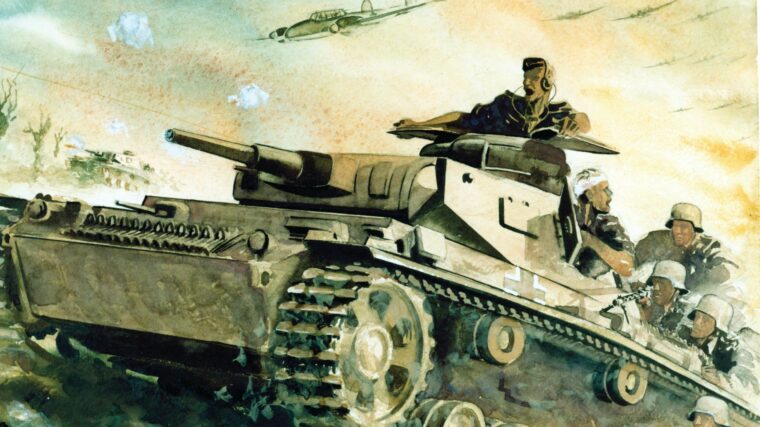
luftwaffe
Adolf Hitler was obsessed with Leningrad. When planning his invasion of the Soviet Union, the Führer demanded that the capture of the city, which he regarded as the cradle of Bolshevism, be one of the top priorities of the campaign, giving it precedence over the capture of Moscow. Read more
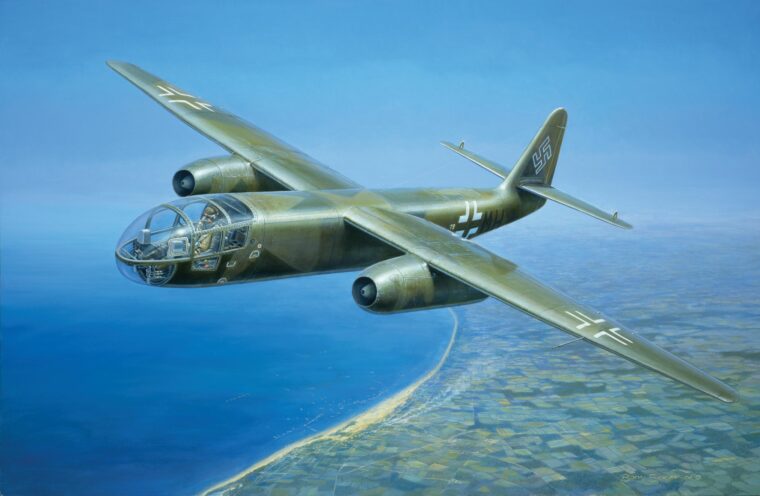
luftwaffe
When the Arado Ar-234 Blitz jet bomber first appeared in the skies of Europe, most Allied airmen did not know what it was. Read more
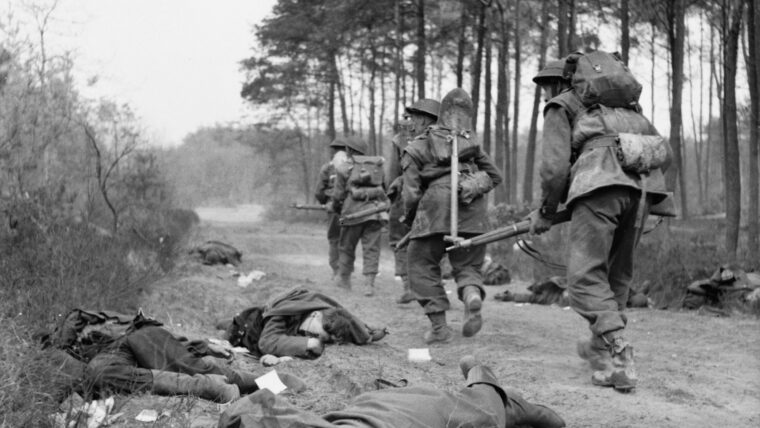
luftwaffe
“I am busy getting ready for the next battle,” Field Marshal Sir Bernard Law Montgomery wrote his son David in early March 1945. Read more